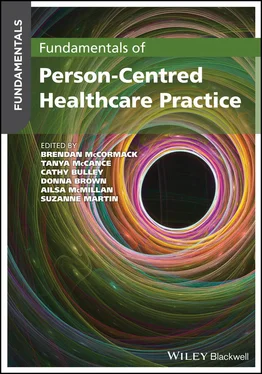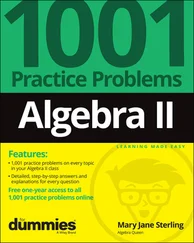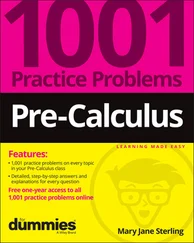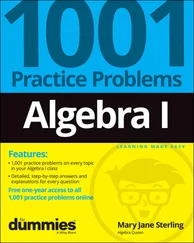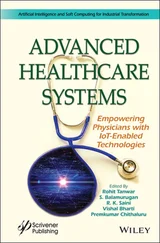Experiential perspectives focus on self as an independent and private entity, and on subjective experience. We experience the world and life from a certain point of view, through the lens of our own self. To be a person means to be aware of these experiences (of our thoughts and feelings, for example) and to be aware of being aware. It also means to be able to reflect on our thoughts and actions, to consider different alternatives and the possibility of change. On the other hand, social constructionist perspectives originating from sociology and social sciences view reality and self as socially constructed, as created through the interaction of individuals and groups in the social context. As we grow, social relationships and interactions with others (as well as language and culture) continue to shape who we are and contribute to our ways of thinking and feeling. Furthermore, there are narrative accounts of self, highlighting that selves are agents. Actions take place in time and we can make sense of them when placed within a coherent narrative or life story (temporal and social dimension of self) (Stevens 2002; Zahavi 2014).
There are also realist perspectives of self. These are embraced by various empirical scientists from the areas of psychology, psychiatry and neuroscience, who utilise an experimental approach to the investigation of self, trying to identify measurable variables, to find out the rules that could explain psychological phenomena and the way we behave. As to the biological perspectives of self, these adopt the scientific method to focus on the physiological and genetic processes taking place in the person's body and their influence on behaviour (Stevens 2002; Zahavi 2014).
Some of these perspectives when taken in isolation highlight specific aspects of self, and risk providing a partial and fragmented view. This view clashes with the theory underpinning the Person‐centred Practice Framework and the focus on the person as a whole (encompassing the biological, psychological, social, spiritual and environmental dimensions); on personhood (see Chapter 1); and on the five dimensions of being a person (see Chapter 1). The exploration of the possible interrelationships between different perspectives can help us gain interesting insights into the complexity of self. It also inevitably raises questions about the compatibility, or not, of certain points between the different perspectives which are ultimately related to different ways of viewing reality, what is true and what is real (Stevens 2002; Zahavi 2014).
Different aspects of self
Now that we have highlighted the complexities around establishing what constitutes self, we will focus on some of the aspects of self as identified through the literature. The self‐concept is the idea we have of ourselves, of who we are in terms of our personal attributes (physical, emotional, social, etc.). It develops as we communicate and interact with others (particularly significant others) during the early stages of our lives, but also as we grow up. It is shaped by the attitudes and reactions others have towards us (Freshwater 2002). Our self‐concept does not necessarily align with the way other people see us. According to Rogers (2003, p. 501), the self‐concept originates from both the person's direct experiencing (and the values attached to these experiences) and from the ‘distorted symbolisation of sensory reactions’. The latter results in the unconscious adoption (‘introjection’) of values and concepts taken from others (for example, from our parents) as if they were experienced directly. The person can experience freedom from inner tension ‘when the concept of the self is at least roughly congruent with all the experiences of the organism’, with its genuine reactions and hence starts to feel more his or her real self (Rogers 2003, p. 513).
Write down 10 words to describe yourself.
Invite a trusted colleague to write down 10 words to describe you.
Do the words used by your colleague look the same or different from yours?
Is this what you expected?
Why do you think the words may look as they do?
This activity might prompt you to think about the way you see yourself and the way others see you. It may also encourage you to explore further different aspects of self, such as the self‐concept and the real (or authentic) self and their relevance for person‐centred practice.
You are invited to revisit this activity at the end of reading this chapter: have you learned anything new about yourself?
The journey through ‘knowing self’: tools and approaches
Finding ways to engage in the process of ‘knowing self’ and improve self‐awareness is important for delivering person‐centred practice. We need to know self to be authentic and to work collaboratively with others (McCormack and McCance 2017). As you read through this section, you are encouraged to reflect on the examples provided and consider their contribution to the process of ‘knowing self’ and the role played by yourself and others during the process. The selection of tools and approaches outlined below is not exhaustive. Further ways of knowing self are outlined later in this chapter (reflection and feedback) and in Chapters 1, 5, 12and 29. This section also requires you to explore what works best for you. For any of these tools and approaches to be able to help during your journey through ‘knowing self’, they require engagement in critical reflection.
The Johari Window (Luft and Ingham 1955) is a tool normally used within teams or groups (working either one to one or as a group), to help gain more self‐awareness about what we know about ourselves and what others know about us. It is divided into four quadrants (windows) that outline potential forms of awareness, behaviours, motivations and feelings in a relationship. The first window represents the behaviours that are openly seen by ourselves and others. The second refers to behaviours, feelings and motivations that you (self) are unaware of (blind spot) but are open for others to see. This highlights inconsistencies between what we say and what we actually do. These behaviours may benefit from feedback from others in order to shrink the blind spot. Quadrant three is a hidden window in which behaviours, motivations and feelings are known to self but are hidden from others (the private self). Finally, the fourth window is an area of aspects unknown to both ourselves and others. As we grow and develop, these ‘hidden and unknown’ elements of who we are as persons may become known to us – this can be challenging to experience. For more information about this tool see: www.youtube.com/watch?v=KdYo5jn29w4.
Alternatively, journalling is a progressively evolving written record of thoughts, feelings, experiences and learning, designed to increase self‐awareness and self‐understanding of practice. When developing a journal, we need to consider the medium to use (e.g. paper, computer, phone), how much time to dedicate to writing, if the writing will be private or shared and how structured the journal will be (Dimitroff 2018). Journalling offers an opportunity to be creative. If you are interested in knowing more see: www.americannursetoday.com/journaling‐valuable‐registered‐nursesand https://criticalcreativity.org.
Learning sets offer a structured approach for 6–8 people to meet regularly and learn collectively from one another's experiences. The focus of this approach is on learning (about oneself and others) and on professional development. Participants usually work together for an agreed period of time, taking turns at presenting their issue, in allocated time slots. The ‘set’ generally has a facilitator who is part of the group but also has responsibility for creating an encouraging, challenging and focused learning environment. To explore this approach further see: https://rapidbi.com/action‐learning‐sets.
Читать дальше
